
Getting hands on and making paper enabled children to be environmentally friendly, while also gaining a better understanding of the concept of recycling.
‘As a nursery group, we want to make sure that we are taking real steps forward in championing environmental awareness and limiting our impact on the environment so that the children we care for inherit a clean, safe and viable world,’ says Rebecca Kenyon, nursery manager at Snapdragons Corsham in Wiltshire.
‘Along with our practice as a company, we also emphasise our ethos in our teaching and try to think of activities that we can involve children in that ingrains caring for our environment into the children’s lives too.’
Staff noticed that the children loved creating pictures on paper, but were not always interested in taking the finished artwork home. Instead of putting the paper in the recycling bin, head of pre-school Eloise Jefferies started to wonder whether there was a way for them to recycle it in-house. She researched paper-making and found it is surprisingly easy to do.
IN THE TIP?
Discussing the need to recycle paper
Ms Jefferies spoke to the pre-school children about why it is important to recycle paper rather than create new paper from trees. She explained how it helps to save energy and reduce harmful gasses that lead to climate change, which is bad for the Earth and everything that lives on it.
‘We talked about why it’s important for us to think about how much paper we use, and why it helps to make our own paper,’ says Ms Jefferies. ‘Some of the children noted that when we just throw paper into the bin “it will go to the rubbish tip”.’
The children were enthusiastic to try making their own paper from the nursery’s waste paper. They started by cutting and ripping up lots of used paper, which supported their fine motor skills and scissor skills. This was then soaked in water for them to return to the next day.
SQUISHY AND MUSHY
Exploring the mulch and making process

‘The children had no concept of how the old paper was going to change. They were fascinated to see that it had turned into mulch overnight and questioned whether it was their paper and what they would do with it next,’ Ms Jefferies says.
‘Just the week before, we experimented with ice that the children had found in the garden. They left it in the sun and watched it melt and change into water. They drew on their knowledge of how things change when we do different things to them and concluded that the paper had changed because they had left it in the water.’
Children plunged their hands into the mixture, stirred it around and ‘mushed’ it together. ‘We discussed texture throughout the activity, with the mulch mixture being described as “squishy” and “mushy”,’ says Ms Jefferies.
‘We talked about the consistency it would need to be, and if there were any big pieces that hadn’t been mulched down the children suggested we should cut them again to make them smaller. They were actively thinking and problem-solving how they could manipulate the mixture so it was a thick pulp.’
The children then spread the pulp onto a mould – a wooden frame covered in mesh – and pressed it down with their hands and sponges to squeeze out as much water as they could.
‘As they pushed the water through, the children saw that it flattened the mulch. They talked about how if they pushed it more, it would make it thinner like paper,’ Ms Jefferies says. ‘The children were fascinated by the whole process and it helped them to think through and talk about some big concepts.’
IN THE PINK?
Experimenting with types, shapes and colour of paper
The children used scientific thinking while making the paper, questioned how they could do things differently and experimented with different techniques. This included the children introducing the idea of making paper in different sizes and shapes, not just rectangular.
They also experimented with different colours. The children chose which coloured paper to recycle to create their desired coloured paper; for example, ‘If we put all pink together, it will make more pink paper’. They worked out that a mixture of some colours resulted in grey paper.
They tried different types of paper to see which had the most effective results. Some children tried making recycled paper out of newspaper. They found that, even after it had been cut up, soaked and dried, they could still see some of the printed words.
THE END RESULT
Exploring and using the recycled paper

The flattened mixture was carefully tipped out of the mould and left to dry overnight. Ms Jefferies notes how patient the children were during the process, which stretched over three days, and how they were enthusiastic to return to the activity.
‘Once the paper had been rolled out and dried, we talked about how it felt. Some children said, “It’s bumpy paper”,’ says Ms Jefferies. They reflected on the process, and some children suggested that if they had cut the paper into smaller pieces then the recycled paper would be ‘softer’.
‘We put the paper in the art unit and the children enjoyed using it. They compared the paper’s texture to the paper we normally use,’ she says. ‘The children noted that when the paper is bent, it doesn’t fold but snaps.’ They concluded that they could change its shape by snapping it. They also noted which sheets they had pushed down harder on the mould, because it was thinner.
Children took the paper home to show their parents and are excited to make their own paper again.
ALL CHANGE
Children’s increased awareness of recycling
‘We’ve noted that the pre-school children now think more carefully about using paper and whether they put it in the bin. They question whether it will go in the rubbish dump and have shown an interest in where things go when we throw them away,’ says Ms Jefferies.
‘The children were able to be involved in every stage of making the paper and they took ownership of it. By being hands-on, the process was real to them and has reinforced their discussions around the concept of recycling because they have now physically taken part in the process of making something change and then reusing it.’
BOOK CORNER
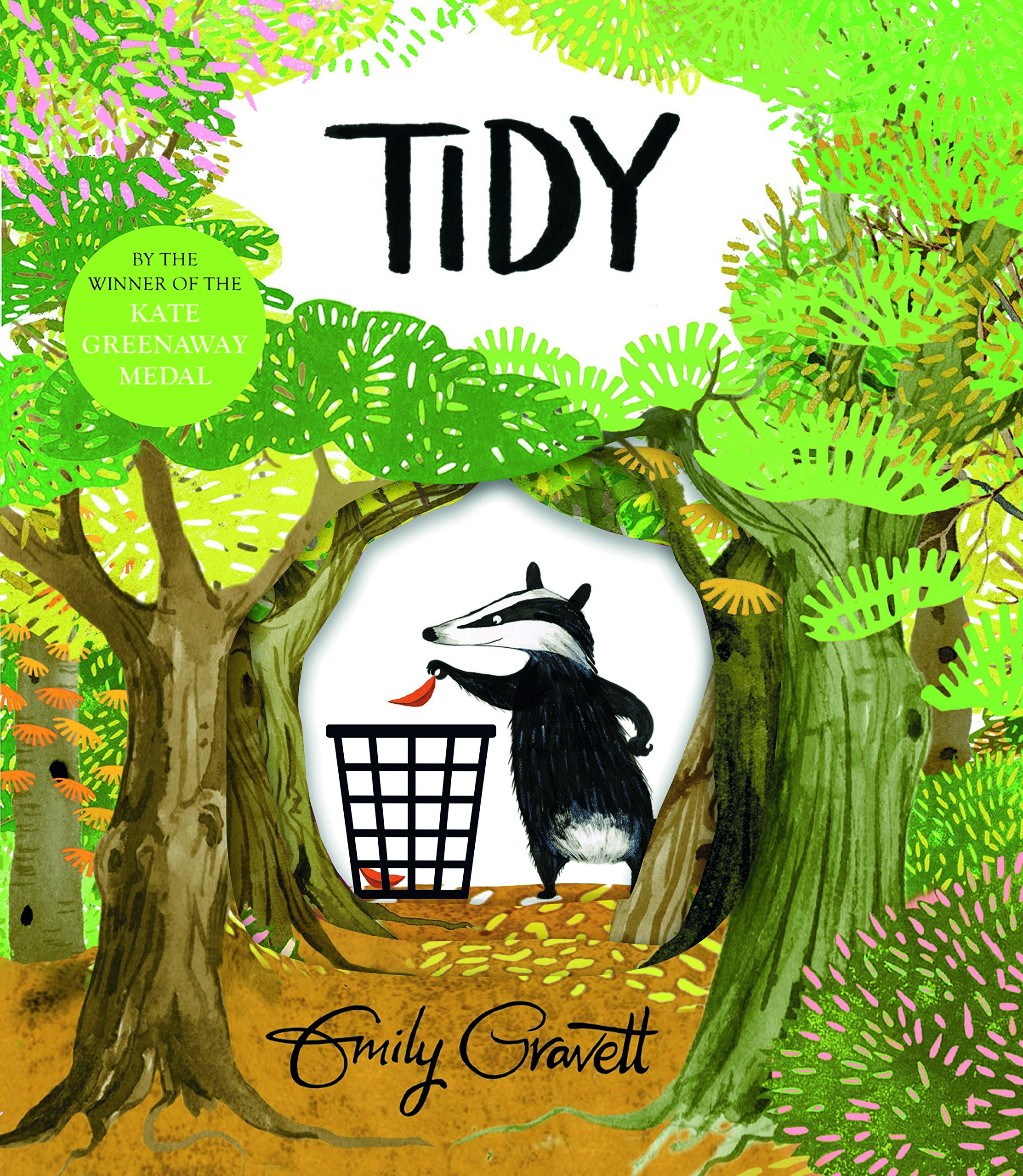 Tidy by Emily Gravett
Tidy by Emily Gravett
A funny woodland story with an environmental message. Pete the badger likes everything to be neat and tidy, but what starts as the collecting of one fallen leaf ends up with the destruction of the forest!
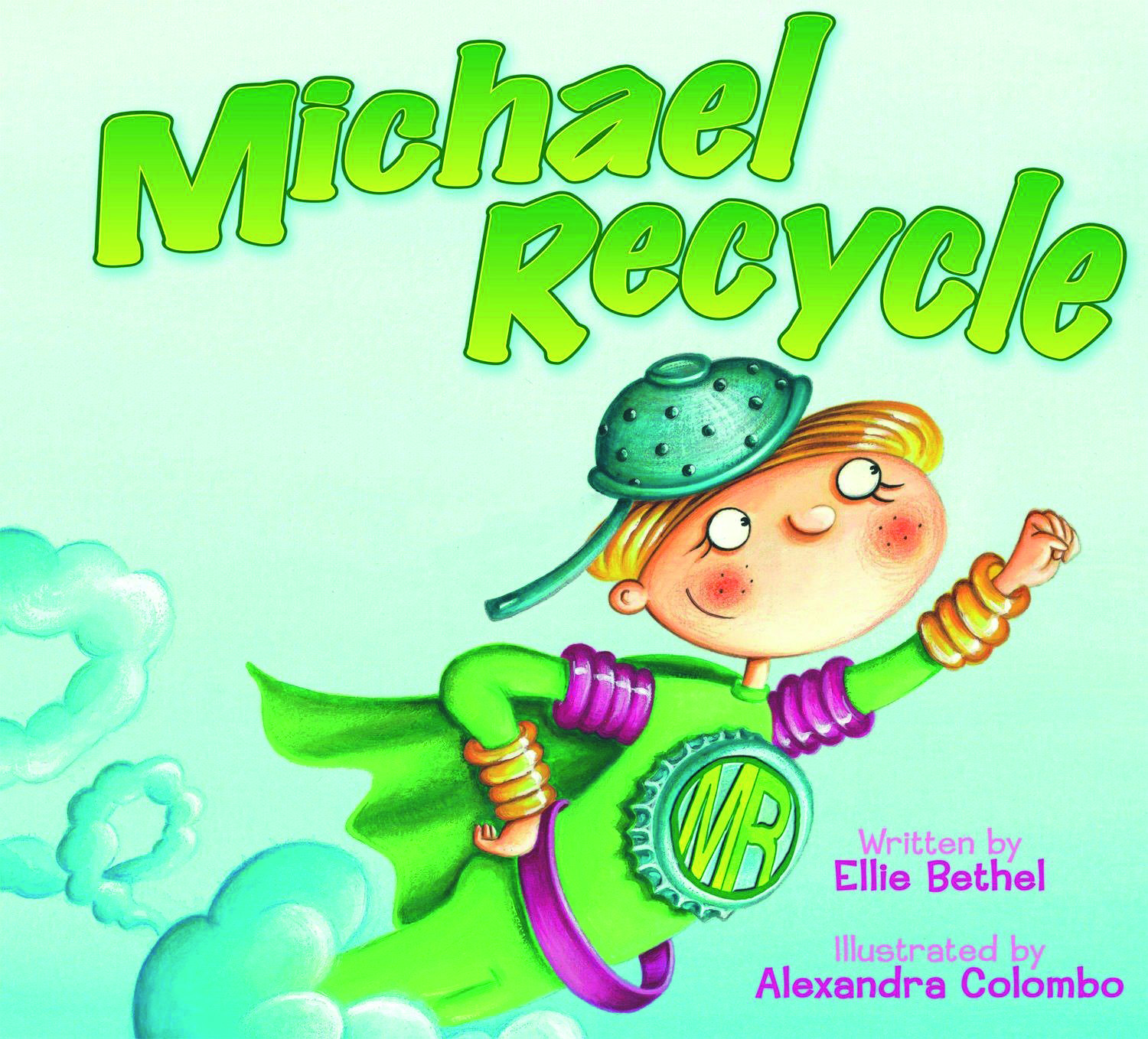 Michael Recycle by Ellie Bethel and Alexandra Colombo
Michael Recycle by Ellie Bethel and Alexandra Colombo
Join Michael Recycle, the green-caped crusader, as he proves to lazy layabouts in his town that recycling can be fun.
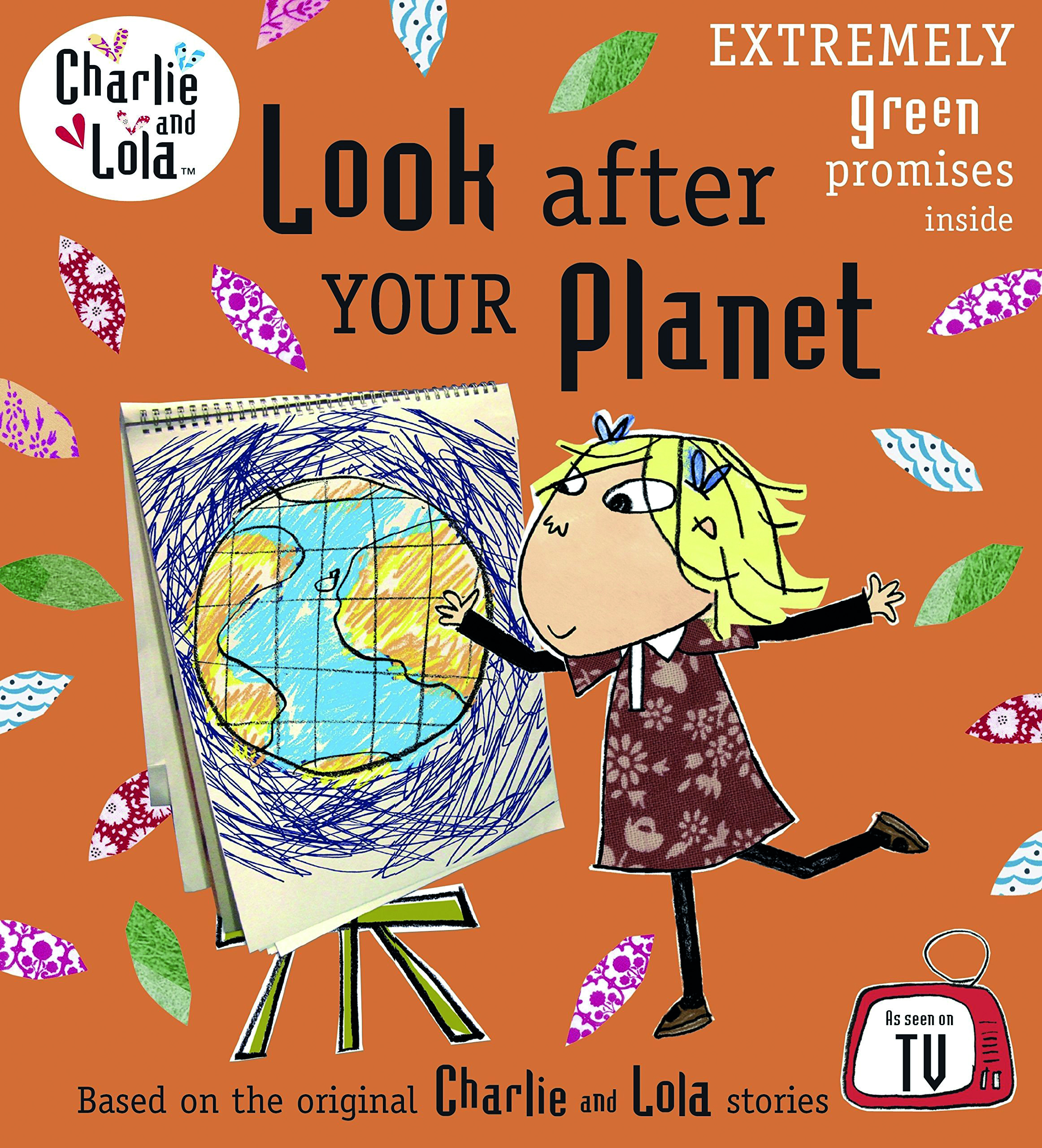 Charlie and Lola: Look After Your Planet by Lauren Child
Charlie and Lola: Look After Your Planet by Lauren Child
Charlie persuades Lola that instead of throwing her things away, she should recycle them.
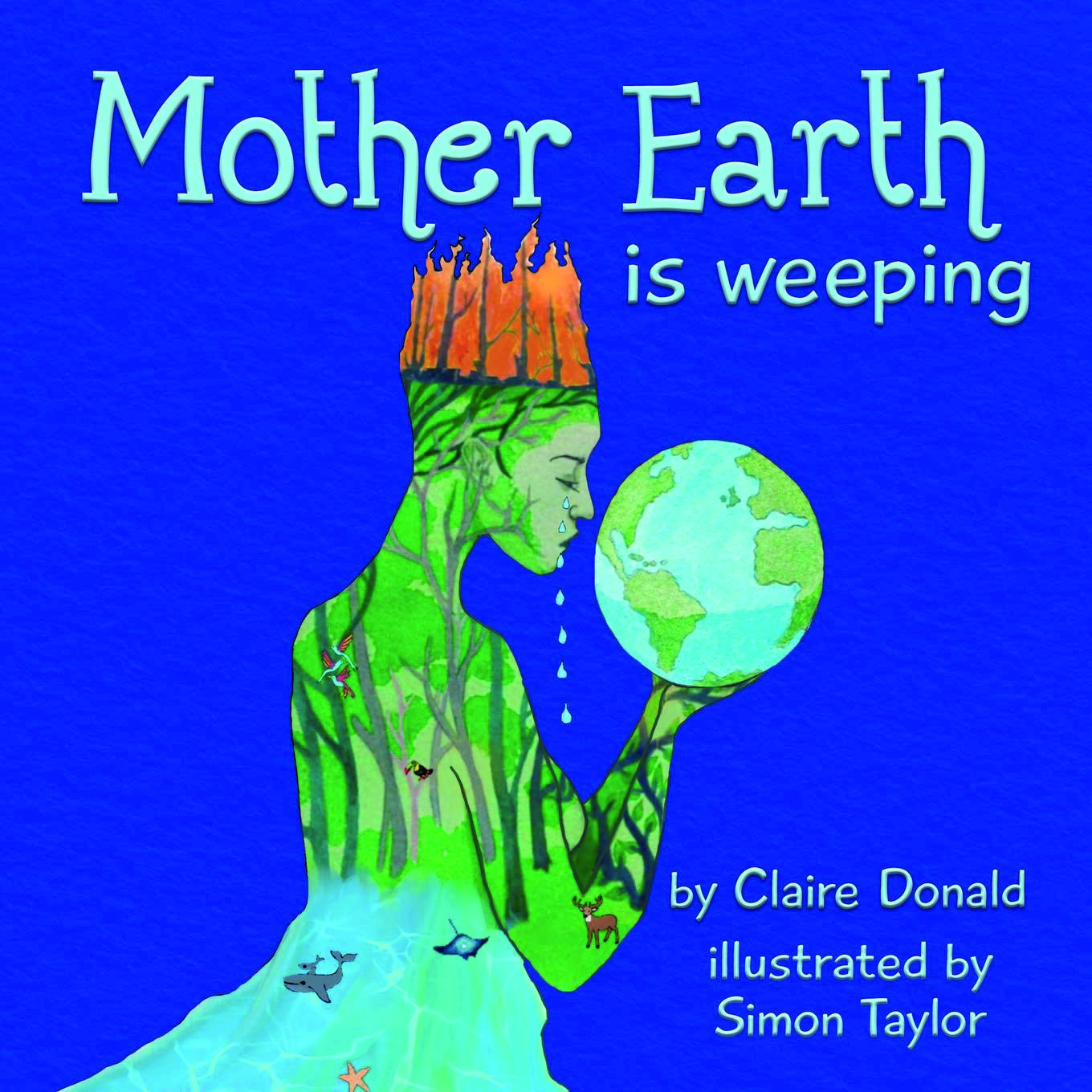 Mother Earth is Weeping by Claire Donald and Simon Taylor
Mother Earth is Weeping by Claire Donald and Simon Taylor
Moon and Sun show Mother Earth how people are beginning to address environmental problems by using more environmentally friendly practices. They reassure Mother Earth to put her faith in children.
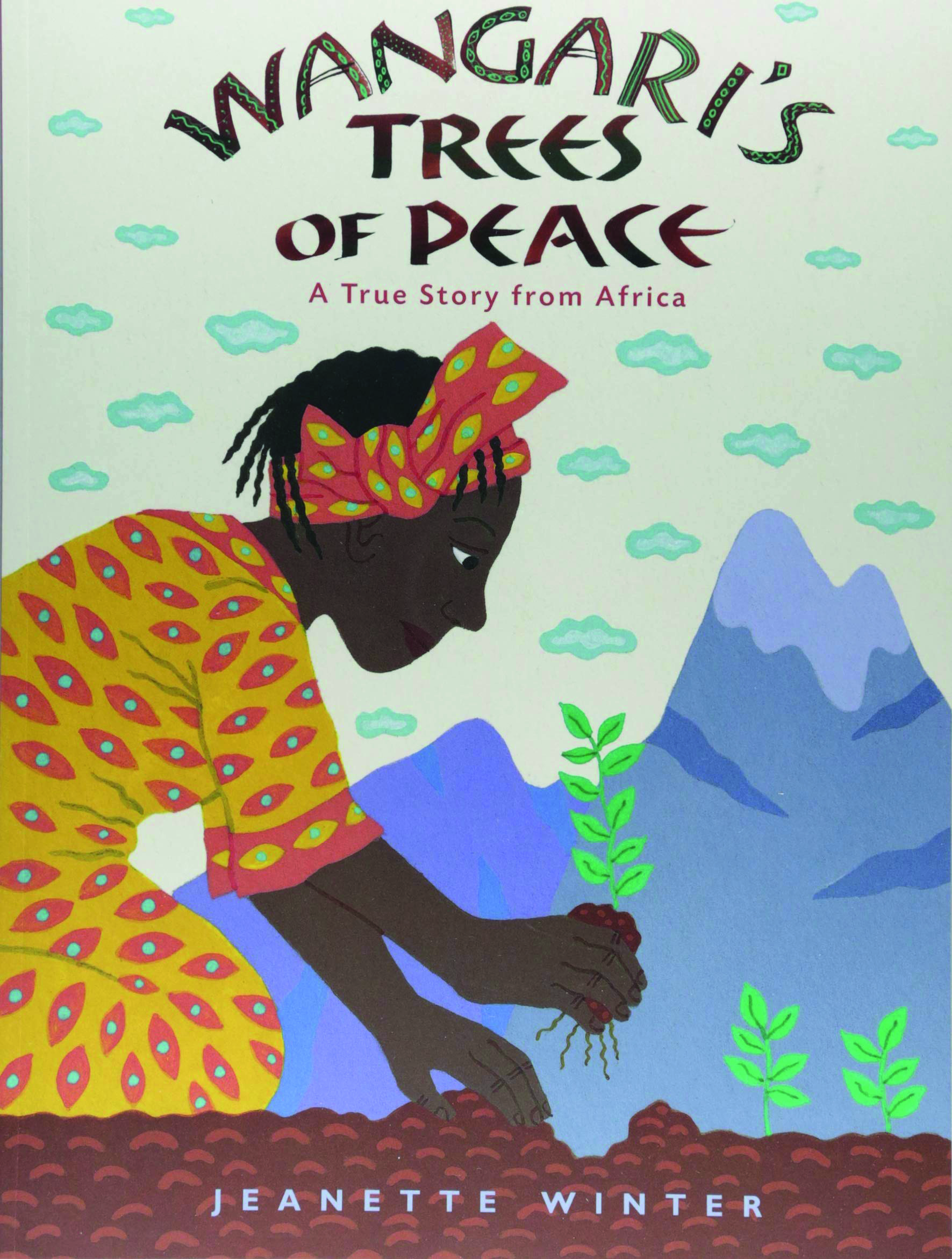 Wangari’s Trees of Peace: A True story from Africa by Jeanette Winter
Wangari’s Trees of Peace: A True story from Africa by Jeanette Winter
The story of environmentalist Wangari Maathai, who planted trees after witnessing the deforestation of Kenya and urged other women to do the same.
 Greta and the Giants by Zoe Tucker and Zoe Persico
Greta and the Giants by Zoe Tucker and Zoe Persico
The inspiring story of teenager Greta Thunberg, who has led a global movement to raise awareness about the climate crisis.
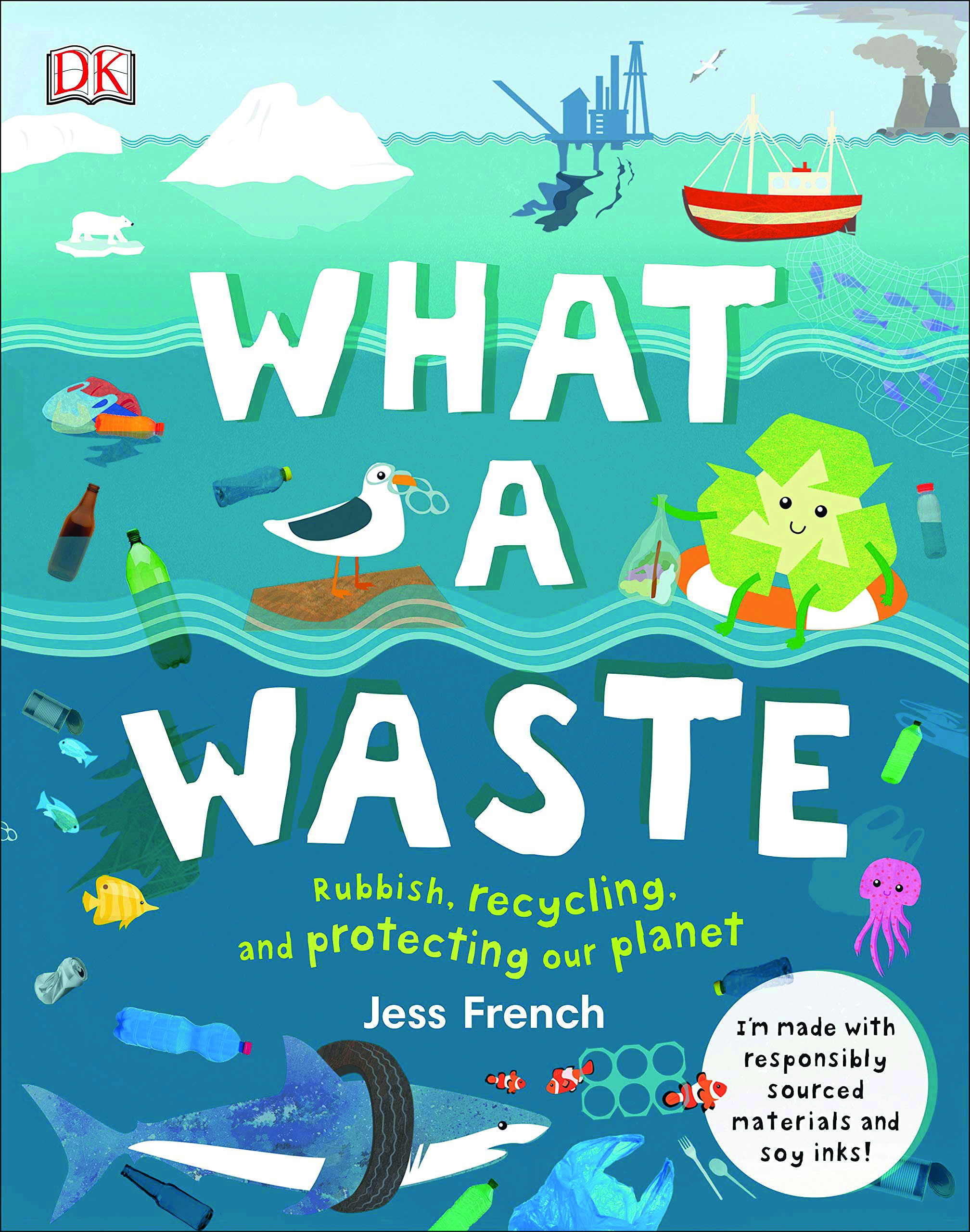 What A Waste: Rubbish, Recycling, and Protecting our Planet by Jess French
What A Waste: Rubbish, Recycling, and Protecting our Planet by Jess French
This informative book demonstrates how our actions affect planet Earth and the big impact we can make by the little things we do.









